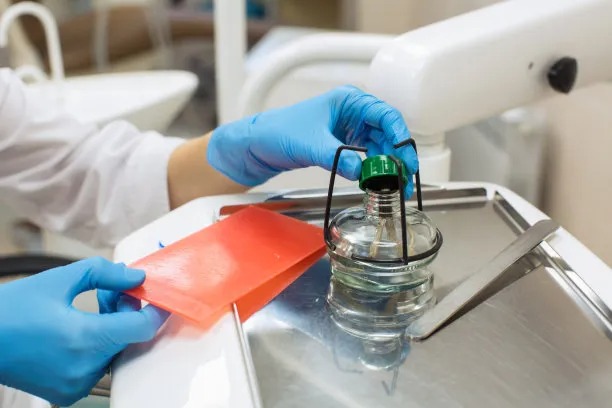The Essential Guide to Understanding the Process and Importance of Extracting a Tooth for Dental Health
Summary: Tooth extraction is a crucial aspect of dental health that can significantly improve the overall condition of ones teeth and gums. This essential guide outlines the process of tooth extraction, discussing its necessity, the methods employed, aftercare practices, and the long-term implications for dental health. By understanding these critical components, patients can make informed decisions and alleviate potential anxieties regarding dental procedures. This article aims to enhance awareness of tooth extractions role in achieving and maintaining optimal oral health.
1. Understanding the Need for Tooth Extraction

Tooth extraction may become necessary due to various reasons, primarily involving dental health issues. One common reason is severe tooth decay, where the cavity has progressed too far for the tooth to be restored. If decay reaches the pulp, it can infect surrounding tissues and lead to significant pain, making extraction essential.
Another key factor warranting tooth extraction is periodontal disease. This gum disease not only affects the gums but can also damage the bones supporting the teeth. When teeth become loose due to periodontal issues, extraction can help prevent further complications and preserve surrounding teeth.
Lastly, overcrowding in the mouth, particularly before orthodontic treatment, often requires extraction. By removing certain teeth, dentists can create space, ensuring that remaining teeth align properly and enhancing overall dental aesthetics.
2. The Extraction Process Explained
The process of tooth extraction usually begins with a thorough examination by a dental professional. They will assess the condition of the tooth and, if needed, take X-rays to visualize the tooths root structure and its position relative to surrounding teeth.
Once the decision to extract is made, the patient is typically administered anesthesia to ensure comfort throughout the procedure. The dentist will then use special tools to grasp the tooth and apply gentle pressure while rocking it back and forth until its loosened enough to remove.
In cases where the tooth is impacted or broken below the gum line, a surgical extraction may be necessary. This involves incisions to access the tooth or its root, highlighting the need for skill and expertise in such procedures to minimize complications.
3. Essential Aftercare Following Extraction
Post-extraction care is vital for a smooth recovery. Patients are advised to bite down on a gauze pad to help control bleeding, and this should be replaced periodically until the bleeding stops. It is essential to avoid vigorous rinsing and sucking actions for the first 24 hours to prevent dislodging the blood clot.
Managing pain after extraction can be effectively done using prescribed or over-the-counter pain medications. Ice packs can also reduce swelling, making the recovery period more comfortable. Additionally, its advisable to consume soft foods and stay hydrated, avoiding hot or spicy items during the initial recovery phase.
Regular follow-up visits are crucial as well to monitor the healing process and address any complications that may arise. Adhering to the dentists instructions during this time can significantly aid in a quick and uncomplicated recovery.
4. Long-term Implications for Dental Health
While tooth extraction is often seen as a last resort, it can lead to beneficial long-term implications for dental health. For instance, removing a problematic tooth can alleviate pain and discomfort, allowing patients to pursue other vital dental treatments without fear of worsening conditions.
Furthermore, after a tooth extraction, the remaining teeth can shift into the gap over time. This movement can lead to better alignment and improved biting functionality if addressed with orthodontics or other treatments. It emphasizes the importance of following up with restorative options after extraction.
Finally, adopting good oral hygiene practices post-extraction is critical. Regular visits to the dentist, maintaining a healthy diet, and implementing effective brushing and flossing techniques will contribute to long-lasting dental health and prevent the future need for extractions.
Summary:
In conclusion, understanding the process and significance of tooth extraction is paramount for maintaining optimal dental health. Through careful consideration of its necessity and awareness of the procedure itself, patients can find comfort and reassurance. Essential aftercare practices can help facilitate recovery, while long-term implications underscore the value of proper dental management.
This article is compiled by Vickong Dental and the content is for reference only.


